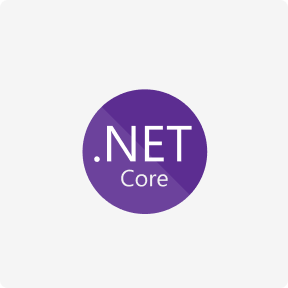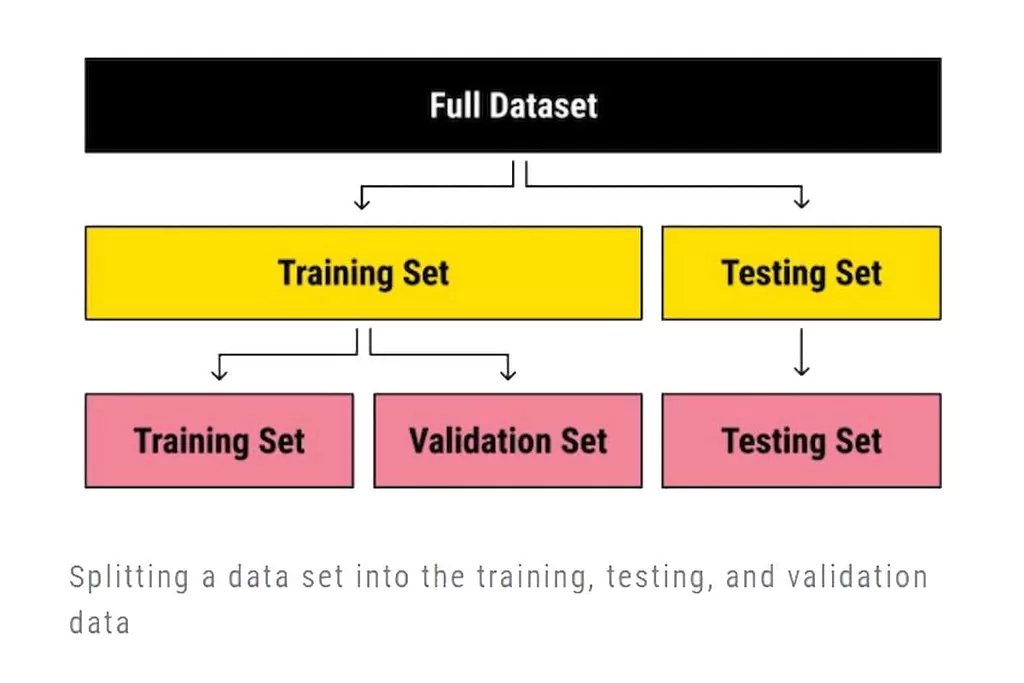Additionally, you must ensure that you have adequately trained staff as well as appropriate hardware and software capabilities that will handle the blockchain based system once you implement it in full. The first step in implementing blockchain technology is to identify a use case, which is a system analysis methodology used to identify, clarify and organize system requirements. It involves determining if blockchain technology would be appropriate in the particular circumstance. While the technology has numerous applications with some still being discovered, there are situations where it will be most suitable. For example, where an immutable record of transactions is needed or there is need to eliminate a third party intermediary, blockchain technology would be appropriate.
- Blockchains offer transparency, security, and immutability, making them well-suited for various financial applications and facilitating trust among participants in the banking and financial services domain.
- Corda is an open-source blockchain platform designed for businesses, enabling them to transact directly and securely without the need for intermediaries.
- After testing the blockchain platform, consider expanding the network of testers.
- Deploying your solution on a testnet is an excellent way to test it out and ensure everything is working as expected.
- Use cases of this technology are unlimited, and many companies seek to implement Blockchain.
- Using dedicated business banking and credit accounts is essential for personal asset protection.
In reality, these templates will help you develop blockchain solutions at a much faster rate. Well, thee templates are designed in a way to simplify any process of your blockchain software design cycle. Using a blockchain course or certification program, you can easily learn about all the previous steps I covered in this guide. Ok, now that that’s out of the way, lets talk about the things to know when starting a blockchain business and building a successful blockchain business model. The ability of the blockchain for solving complicated problems is cost-effective, efficient, and also time-sensitive is the reason why blockchain is here to stay.
Step 5: Building an Ecosystem
Moreover, coming from diverse disciplines, stakeholders can usually look at the project from the business perspective and see a bigger picture, the quality which ambitious blockchain implementors often lack. I’m a blockchain architect with more than three years of experience in the industry, specializing in the Ethereum platform. With a deep understanding of blockchains, I continue to help businesses build their blockchain network or integrate it into existing applications. I’ve worked on projects ranging from simple web apps to complex enterprise-level software systems and led teams from start to finish. Proof of Concept or PoC in blockchain technology is a revolutionary process that verifies a project’s real-world application and usage. It helps to determine the functionality and feasibility of a particular project, ensuring that it can carry out the intended task.

Since there is no one type of blockchain and several different blockchain solutions, you must choose the best type of blockchain for your needs. Since it’s all too simple to be duped by enticing marketing tactics, it’s important to conduct rigorous study. If you’re interested in joining a blockchain network, make sure it suits your budget and has an open-source station and a well-organized technical team.
Trusting Blockchain and Cryptocurrencies like Bitcoin
Around 10% of the global startups are working on blockchain in some form or the other. Key to developing any blockchain solution is figuring out what problems you are trying to solve and whether blockchain is the way to solve them. Blockchain technology may have existed how сan blockchain implementation successfully improve your business since the 1980s, but it was only with the advent of Bitcoin that it gained widespread attention. While blockchain is often closely linked to cryptocurrency, it is subject to various regulations and requirements that help ensure its reliability and security.
For instance, if the miner comes around with a verifiable solution, it helps the cause. In the blockchain, the first person in the network to develop the solution could write the next block. The consensus protocol also protects against spam and hacking attempts. There is another significant reason why an independent third party can make a positive impact. According to the Accelerating Blockchain study by PwC, 53% of blockchain projects are being developed by in-house teams.
Gamers are becoming investors as a result of blockchain and NFTs.
Currently, public blockchains can’t handle more than 14 transactions per second (TPS). In some cases, for example in the banking industry, a much higher TPS rate is required. At the same time, permissioned blockchains like IBM’s Hyperledger Fabric are capable of achieving 20,000 TPS. Blockchain consuming high energy consumption is another challenge on a global level. https://www.globalcloudteam.com/ Many blockchain platforms, such as Bitcoin, use a proof-of-work consensus algorithm that demands high computational power, which can be fulfilled by the process known as blockchain mining. Businesses find it hard to develop blockchain applications and struggle to implement this technology as experienced blockchain developers are rarely available in the market.

One of the most overlooked challenges of moving from PoC to production is stakeholder buy-in. Due to the blockchain’s novelty and complexity, stakeholders often have a poor understanding of the technology, which makes them miss out on its potential benefits. Therefore, a close collaboration between project leads, developers and stakeholders is vital for successful blockchain implementation.
Step 1: Identification of Use Case
Blockchains can be permissionless or permissioned, decentralised or centralised. For instance, security and financial regulations may mean that a permissionless, decentralised blockchain is not suitable for an organisation. Now that you have a better understanding after thoroughly scrutinizing every aspect of blockchain development. Let’s chew over how Apptunix can help you find the road to success for your business. Blockchain technology can play a crucial role in business by aiding in anti-money laundering efforts. It helps detect and prevent illicit financial activities, safeguarding businesses from potential risks and penalties.

Since it must be validated by participants by consensus, it becomes extremely difficult, if not absolutely impossible to corrupt the system and overpower it. Also, try to stay updates always if you are not connected with a blockchain program. More so, you can always come back and retake the course without any additional costing as well. So, even if we recommend a time it may take to complete the course, you have the upper hand.
Blockchain Business Technology, Briefly Explained
If you’re a little confused, then the entire strategy will get hurt. Make sure that your company does whatever it takes to keep the clients. It is up to the decision-maker to make the process quite successful and not change its very essence. Detecting fraudulent activities involving data available to private and public sources is expensive and burdensome.
The blockchain’s immutability (or tamper-proof) ledger is described by its cryptographic signature. James and Shirish discuss the nuts and bolts of blockchain, starting with the 4 T’s of its architecture and moving all the way down to the individual nodes. The guys discuss the mechanics of consensus models, including the differences between proof
of work and proof of stake, and the pros and cons of each.
Selecting the blockchain platform
Additionally, there are permissionless or permissioned, as well as decentralized or centralized blockchains. These variations offer diverse applications depending on the specific use case. Choosing the correct type of blockchain is crucial to ensure optimal performance and security. For example, an organization with stringent financial regulations may need help finding a permissionless, decentralized blockchain suitable due to its lack of control and security. Therefore, it is essential to carefully consider the options and select a blockchain type that best fits the organization’s particular needs. The integration of blockchain in business extends beyond startups, as evidenced by 81 of the world’s top 100 public companies adopting the technology.
